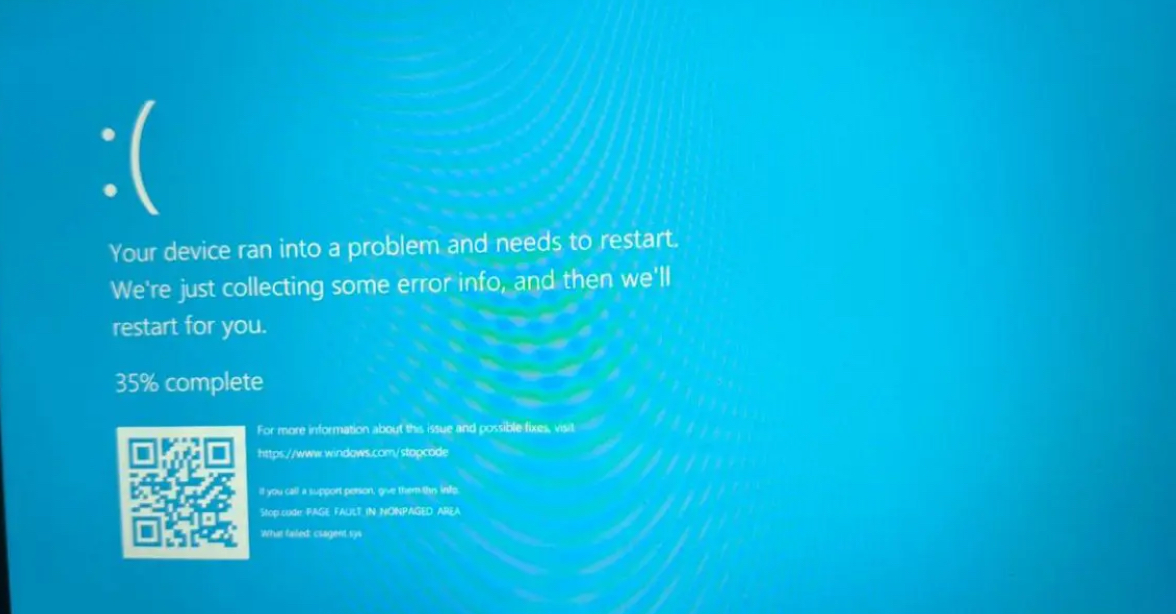“Heaven is a myth, Nepal is real”


Dr Nirmal Kandel @kandelnirmal
“Heaven is a myth, Nepal is real“ and “Heaven is myth, Nepal is real“ these phrases have been in use since 2016. However, the phrases became popular when Nepal started the Visit Nepal 2020 campaign in 2019. Many authors, tourists, travel enthusiasts, and bloggers use the phrases with or without ‘a‘ for myth.
Since last year, I started using this phrase in my everyday tweet with one of the fascinating pictures of Nepal available on social media. The primary objective is to promote Nepal tourism in my networks. The expected outcome is to get the attention of some of my foreign friends and colleagues to plan their vacation in Nepal. If two or three families visit Nepal every year, there would be a positive contribution to our tourism industries. All I have to spend is around 1000 minutes in a year to tweet. Imagine, if 2 million Nepali managed to influence at least one or two families to travel to Nepal, we will receive almost 8-12 million tourists every year and not to forget that it can have a snowball effect in the long run. There are many challenges due to the COVID19; however, we may reach our required targets with our collective effort one day. If we can contribute to our economy, even if it is a cent or millions, that can make a huge difference.
Since I started posting it, I noticed some interest. A few colleagues and friends told me they plan to visit Nepal very soon. Nirmal, “the pictures you post are magnificent“, and many asked me the best months to visit too. So I will consider it successful when they visit. However, few compatriots in social media started mocking the phrase without understanding the meaning of ‘Myth“. A few posted pictures of potholes, ravaged roads, and comments that the lives of mountains and hills are difficult with the tag “Is Nepal a heaven“? Many of us know that social media are sometimesnotorious but ignoring such messages is the best solution.
I found some of the best-supporting tweets thatexplained that no one had seen heaven. We do not know what heaven is, but Nepal is real. The “real‘means natural and not mythical. Oxford defines a myth as “a traditional story, especially one concerning the early history of a people or explaining a natural or social phenomenon, and typically involving supernatural beings or events“ or “a widely held but false belief or idea“. I do not want to compare our country with that traditional story and false idea.
This article will not describe anything on why one has to visit Nepal. But we have to inform the world that itis not only a country of Himalayas and the birthplaceof Buddha; it has so much to offer. For instance, rich cultural heritage, distinct arts, cultures and festivals of indigenous and ethnic groups, wildlife parks with varieties of exotic birds and animals, mouthwatering traditional cuisines and drinks, adventure sports (rafting, biking, jumping, gliding, etc.) and religious tourism for Hindus and Buddhists. Every district of Nepal has a few attractions, and we need to identify, develop and promote them.
Nepal is not heaven; it is real, and that‘s why our tourism practices and industries are evolving in reality. These days, our tourism enterprises are also friendly to local tourists, which was not the case in the past. One of the silver linings of the COVID19 pandemic is the increase in domestic tourism. As a result, local touristsstarted to recognize that their side of the fence is green. Recently, I was in Pokhara with my family and what I noticed was entirely different from the pre-covid erawhen the entire city was full of foreigners. This time, the city was not empty, and tourists were there, but around 80% were Nepalese tourists and a few Indians, Chinese and the rest of the world. I noticed a paradigm shift in behaviour and attitude of the tourism enterprises, who were rarely friendly and respectful tolocal tourists in the past are warm and welcoming. Iremember that they only preferred foreigners andbehaved rudely to many local tourists. These days, probably money talks, locals spend more money on tourism than foreigners. I do not blame these enterprises, but local tourists also need to maintain hotel etiquettes, respect tourist services, and supportmaintaining tourism sites.
“Heaven is a myth, Nepal is real“ is no longer to promote only international tourism but also to promote local tourism. Many of us are not aware of all the attractions in the country. We have a shared responsibility to share pictures, events, videos, infrastructures, attractions and articles from districts, provinces or villages that can inform and attract local tourists. In addition, this can help the government and tourism industries to prioritize developing the required infrastructure for tourism. There are plenty of opportunities and attractions that the country can cashon. Take an example of Chandragiri Hills, once not known for many is a popular destination because of Cable Car. The tourism business is evolving, and we need to promote luxury tourism to develop the required infrastructure and facilities. Opening two new international airports, the chains of star hotels in cities,homestays, new tourism sites, and events with the reflection of cultural practices and adventure sports are up-and-coming for the tourism industries. We should maintain the quality of these attractions and services to promote luxury tourism, where tourists can spendthousands of dollars. Let us explore our own country’s attractions before exploring the rest of the world. Each penny we spend contributes to our local economy.
Dr Kandel is a medical epidemiologist and anthropologist based in Geneva, Switzerland



















Facebook Comments